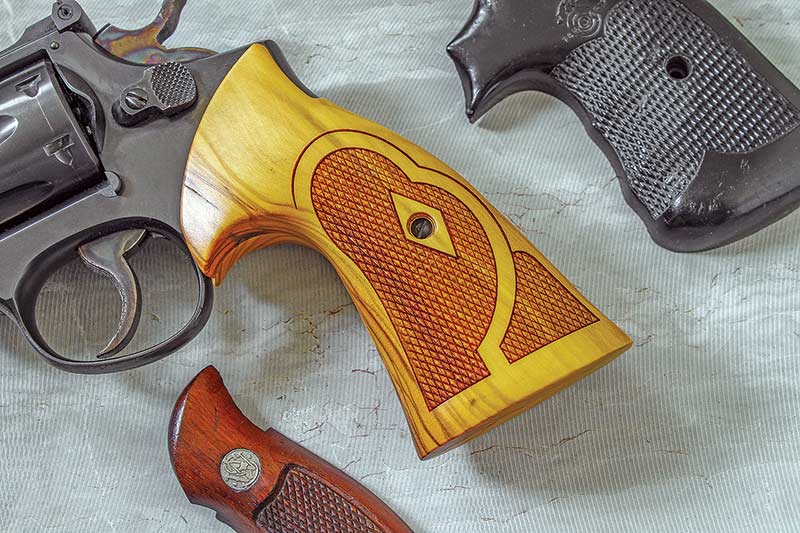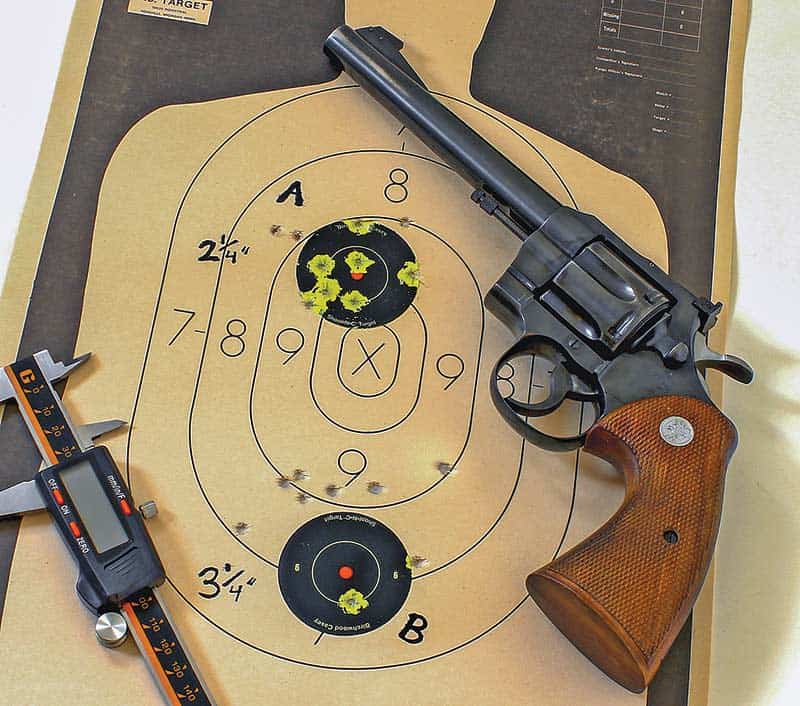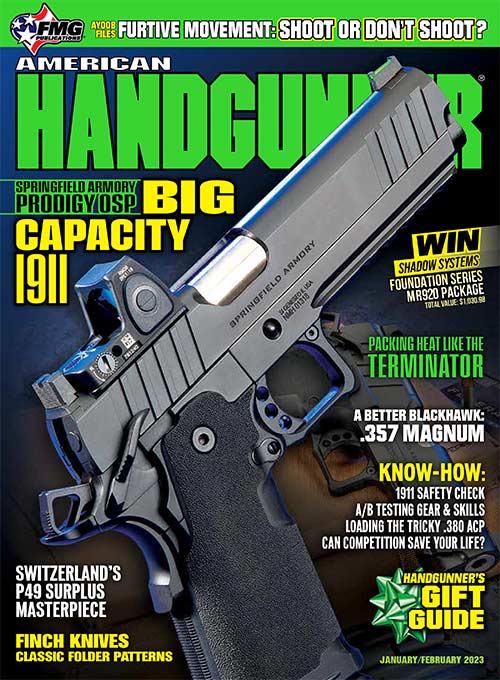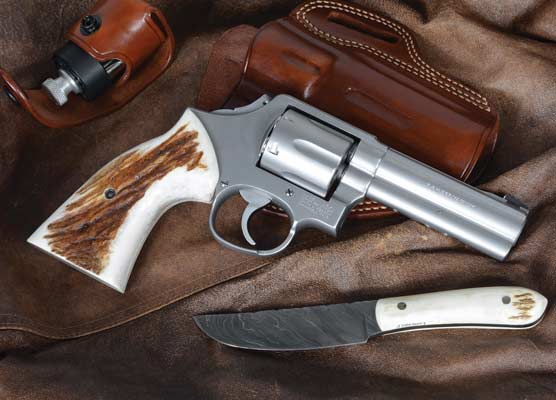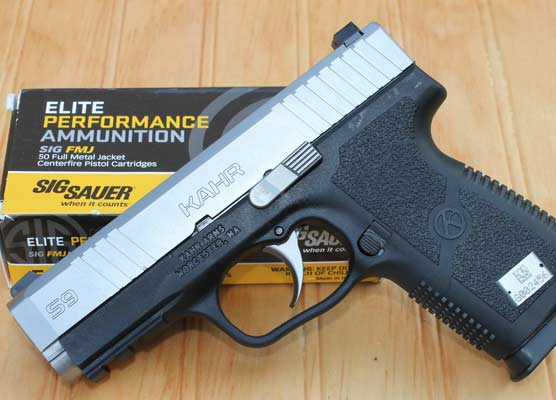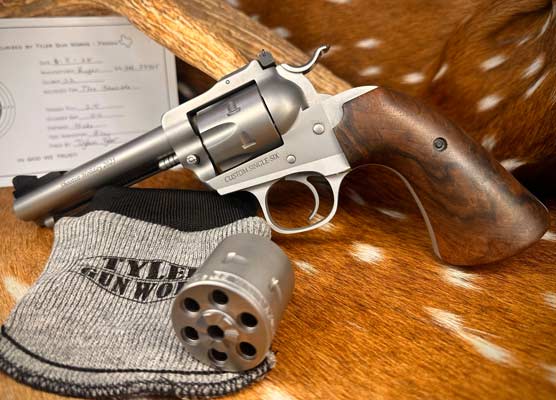Student Handgunner: A/B Testing: A Smart Approach to Better Shooting
I’d first heard the term “A/B testing” among friends familiar with websites, SEO and other such alchemy. “You have two versions of a website, ad or whatever. You show some people banner A, and some of the people banner B, and you see which one gets more engagement.”
Most might recall this is simply new-speak for a scientific experiment using a control group and another group receiving a different intervention. A few years back, I started to think about how seldom I used it in everyday life — like at the range.
Ever ponder questions like this? How should I be standing? Does this gun shoot better than that one? Where should I put my trigger finger?
Good news: We can put on our proverbial white coats and become scientists in the laboratory of life. It’s as simple as putting out two targets, doing one thing to the first and then another thing to the second.
Too vague? Let me give you a few ideas. If you’re diagnosing the mechanics of your shooting technique, as I did a few months back, load one magazine and run the gun with the pad of your finger resting on the trigger. Then, switch out your target. Put a fresh one up and shoot off a magazine with the same cadence, but now by pulling the trigger with the crease of your finger. If one method is A, the other is B. After a few repetitions, see if there’s a clear winner.
Eliminating Variables
The best part of A/B testing is it discourages the well-intentioned but decidedly unhelpful ways we try to improve. I remember having a discouraging range session, then coming home and stewing on all the things I might have been doing wrong. The next time out, I’d arrive at the range determined to grip the gun differently, stand differently and press the trigger differently, all while feeding the gun a different brand of ammo. If making one conscious change in the name of shooting better is good, then making nine changes must be great, right? Well, no.
The issue is in making a drastic overhaul to their normal shooting habits, many people abandon some aspect of technique or equipment that was a non-issue in their quest to improve. In other cases, there may be undue importance placed on minor things.
It’s critical to establish your personal “baseline.” In other words, let’s say last time you ran a GLOCK 19 with 115-grain Blazer Brass ammo, shot from an isosceles stance with both eyes open and a thumbs-forward grip on the gun. Take an inventory, regardless of if you were happy or dissatisfied with how you shot! Write everything down if you need to.
Next time out, shoot as per your usual on one target. Then, change one aspect of what you suspect might be a problem. If you’re diagnosing stance, make sure you run the same gun with the same ammo the same way. If you’re seeing which gun works best for you, default to your normal shooting stance, grip, and hold ammo constant across the different platforms. If a Beretta 92 is your “A” and a SIG P226 is your “B,” ensure all other lurking variables are kept in check.
“Data” Is The Plural Of “Anecdote”
Saving targets for later analysis is a great way to take your A/B testing to the next level, but remember to add context. To wit: Write down how you produced an on-paper group — it’s often as important as the group itself.
It’s also important to remember with A/B testing a single pair of targets doesn’t tell the whole story. Specifically, if you’re testing two loads or two guns in a head-to-head battle, you want to ensure your result isn’t a fluke. I’ve had some loads that initially clustered in a mediocre pattern cut a single hole a group later. The initial distribution was my fault for not following through the shot — the gun and the load were, in fact, faultless! As scientists say, valid findings should be repeatable.
Good? Now Get Cracking!
One of the most thrilling moments of evolution as a shooter is realizing good results come not from learning about what works but from discovering what works for you through practice. Keep in mind just about every question you have can be transformed into a testable hypothesis. With the neighborhood range or shooting hole as your laboratory of choice, you’d be hard-pressed to find a more fun way to bring science into daily life.


